Nonprofit Technology & Fundraising Blog
Subscribe to our mailing list

October 16, 2025 | DonorPerfect Conference, Nonprofit Trends
Contributed by coach, author, and speaker Mallory Erickson
I hear all the time from nonprofit fundraisers who are looking for more meaningful connections with their donors. They’re raising money—even very large gifts—but still, it feels like something is missing. They want to build connections that go beyond the gift. They want authenticity. They want to go deeper.
Building deep, authentic relationships with donors is one of my favorite topics, so I was thrilled to join this year’s DonorPerfect Community Conference around the theme of connection. Because connection isn’t just something that we nurture with our donors. It’s a biological human need that we all share. To develop meaningful donor connections that transform and sustain, we first have to understand how our own psychology determines the actions we take as fundraisers—and how our donors respond.
Let’s take a closer look at the science of connection, from the inside out.
Missed Mallory’s opening remarks? No problem!
Watch the recording to hear her expert guidance on finding cognitive alignment, nurturing authentic connections, and inspiring deeper donor engagement in your nonprofit fundraising.
Watch now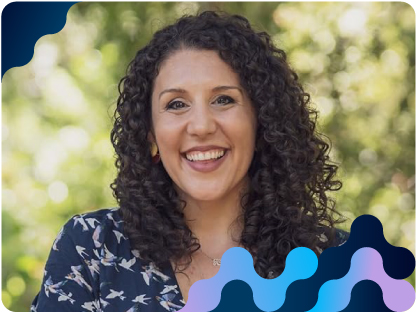
Connection is more than a feel-good concept. It has a foundation in science; we as humans are biologically wired for connection. That means nonprofit fundraising isn’t just a technical process; it’s a deeply relational one. When we talk about building connections as fundraisers, we need to understand that our work sits at the intersection of psychology, neuroscience, and values.
The deepest donor connections share the same fundamental building blocks:
And perhaps the most critical element of all: shared experiences. When we invite our donors to join us as active participants in our nonprofit organization’s journey—not just funders—we deepen the relationship.
Donor data is about more than just numbers. The right information helps you better understand your donors’ traits, motivations, and special interests, so you can engage them authentically.
With the Data-Driven Donor Persona Checklist, decode the data already in your nonprofit CRM to create unique donor personas aligned with your organization’s growth goals. Develop targeted engagement strategies, personalize outreach, and track your success for deeper connections and lasting impact.
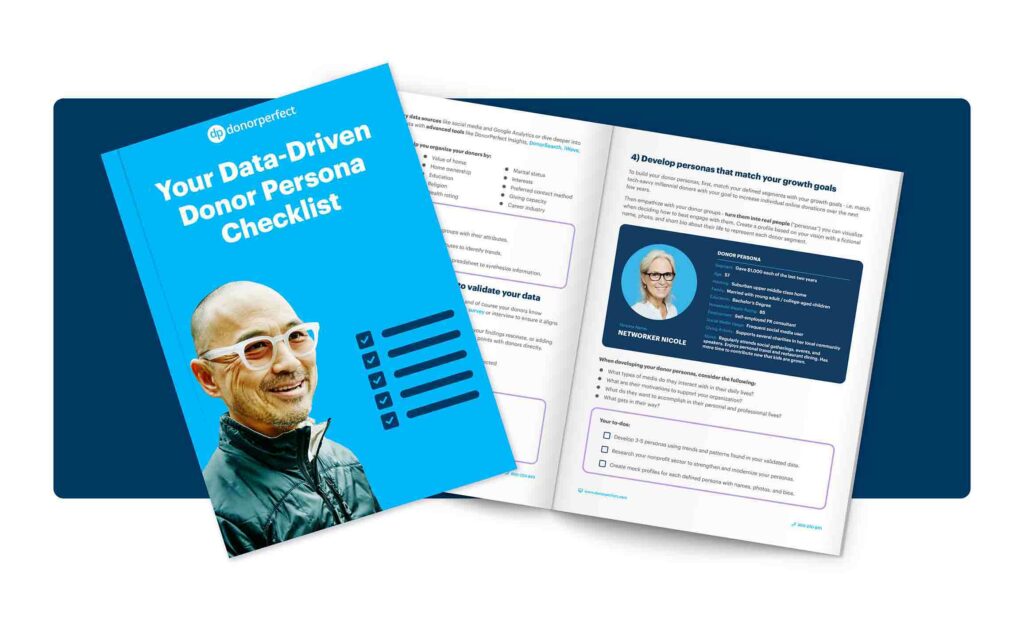
But how do we get there? Remember: Donor connection is about human connection.
As human beings, we are preconditioned to seek out and nurture connection. We need it to survive and thrive. The neurobiological foundations of connection have been demonstrated in various areas of scientific research, from our brain chemistry to our nervous systems. What this means is that the drive for connection starts within us and flows outward:
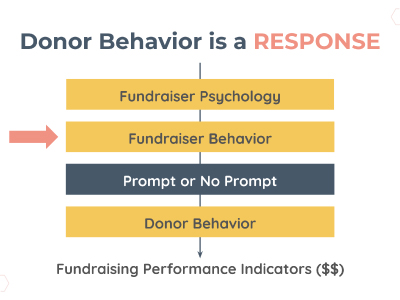
When we’re familiar with connection’s neurobiological foundations, we can recognize that donor behavior is often a response to our own behaviors as fundraisers. Our thoughts and feelings shape our actions, our actions shape the cues we transmit to our donors—and those cues directly influence the decisions our donors make.
So, as fundraisers, we need to understand that we are the drivers of what donor connection looks like. We need to think of connection as not only a fundraising strategy, but a biological human experience that we are uniquely positioned to facilitate.
We can visualize the work of connection as a set of concentric circles, beginning with ourselves at the core and radiating outward to our organization and, finally, to our donors.
Let’s start at the center, with you.
Fundraising is hard work. It activates our nervous systems, often without us realizing it. When we’re under stress, our bodies are more likely to enter a state of fight, flight, or freeze. And with the loneliness epidemic we’re now living in, regulating those cognitive responses is more difficult than ever.
The science: Fundraising activates our amygdala, the area of the brain responsible for emotional processing and stress response. This activation shuts off the part of our brain that wants to build connection. We enter survival mode, where it’s harder to empathize, collaborate, or feel appreciative—all essential elements of connection.
The reality is that if we don’t address these stress responses and make time to realign ourselves, we become disconnected from our work and from our donors.
The key to realignment? Awareness. Start by simply noticing your patterns. Learn to recognize when you’re on the brink of survival mode and to name the specific stress response you’re experiencing. This simple act of awareness will help you to:
When you develop a firm inner foundation, you’re better equipped to build connections with clarity and confidence.
In addition to achieving individual alignment, you have to establish cohesion across your organizational culture and fundraising communications.
If your values, messaging, and internal dynamics are misaligned, that disconnect will be felt by your donors. They may not know why something feels off, but they’ll sense the gap—and they’ll be more hesitant to engage. In order to cultivate donor trust, you first need to build a culture of trust and shared values within your nonprofit organization.
Follow these strategies for building alignment:
Build confidence and align your storytelling with Practivated, Mallory’s AI-powered platform that empowers fundraisers to practice donor conversations in a safe, no-judgment space.
DonorPerfect and Practivated go hand-in-hand! As the exclusive nonprofit CRM partner of Practivated, DonorPerfect offers preferred pricing and enables users to further personalize practice sessions with their organization’s donor profiles.
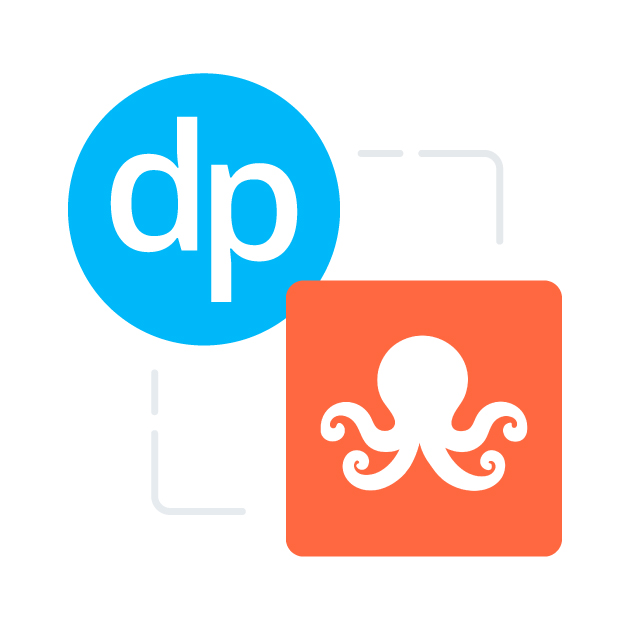
When your nonprofit organization’s messaging and internal culture are mission-aligned and consistent, donors can see where they fit in and are more open to connection.
A common belief among fundraisers is that building deeper donor connections requires a deeper investment of time and energy. But I’m here to tell you that isn’t true. Often, it’s micro-moments that build the truest and most human connections with our donors.
Myth: Establishing deeply connected relationships with our donors requires a great deal of time, planning, and resources.
Reality: Some of our strongest connections are built through simple, focused moments of gratitude and attention.
Whether it’s a smile, a personal thank-you video, a brief check-in call, or a moment of recognition at a fundraising event, micro-moments have a lasting impact. They show donors that they’re seen, valued, and appreciated as people. And when grounded in empathy and authenticity, they build donor trust over time.
Pro tip: You don’t have to wait for big campaigns to create a connection. Start by asking yourself now: Where could I create a small moment of recognition this week?
And remember, when it comes to building donor connections, communication is key—but not all communication is created equal.
Consider these common pitfalls and solutions:
Transactional asks ⇨ Authentic storytelling that illustrates transformation
Fear-driven language ⇨ Relational language that emphasizes reciprocal impact
No follow-through ⇨ Consistent follow-up that builds transparency and trust
With DonorPerfect’s alerts and automations, you can keep your fundraising communication on track.
Set follow-up reminders, schedule automated thank-you emails, and receive multichannel notifications as soon as a new gift comes in, so you can build donor connections with confidence and consistency.
Never miss a beat with DonorPerfect alerts and automations >>
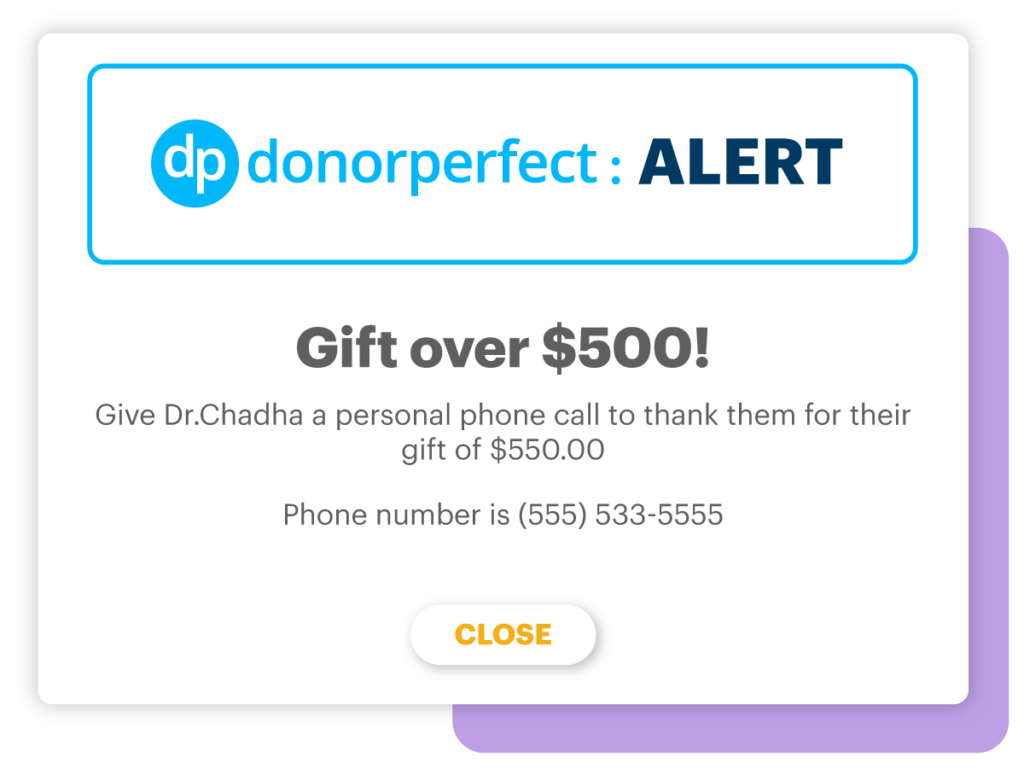
Without alignment, we cannot hope to build sustainable connections—with ourselves, with our organizations, or with our donors. But alignment is hard work, and it requires specific tools and a commitment to consistency.
That’s why I developed my Alignment Fundraising framework, which tackles the root causes of stress and uncertainty so you can raise more and feel better doing it. Apply these simple strategies to your own fundraising practice to stay grounded in your purpose and build donor connections that last.
Shift your mental approach to the work of fundraising:
Develop an ongoing practice of awareness and self-regulation:
Practice alignment at the organizational level:
When you reframe your attitude and approach, develop the tools for consistent regulation, and build a fundraising strategy of reciprocity and trust, you’ll be on your way to more authentic donor relationships that last.
If you feel like you’re spending all your time trying to engage donors but aren’t seeing results, it may be time for a reset. The reality is that deep, authentic connections aren’t built through traditional donor engagement methods alone.
In my Donor Connection Guide, I explain why a one-size-fits-all approach to donor engagement isn’t enough, and I offer practical strategies for growing trust and mutual understanding. Learn how your nonprofit CRM can help you segment donor groups, personalize outreach, and measure impact—because every donor is unique, and how you connect with them should be, too.
Follow us on social!